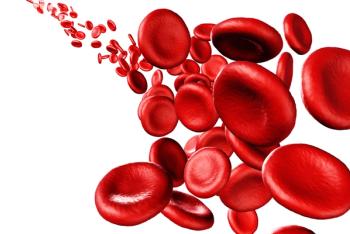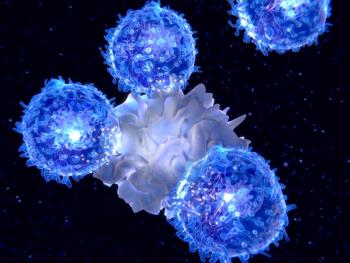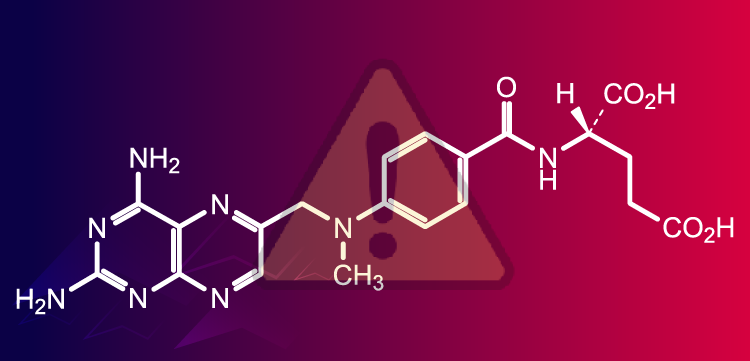
Novel Pathway in CML Stem Cells Reveals Potential Therapeutic Approach
A new laboratory study shows that inhibiting the uptake of certain dipeptides could represent a novel therapeutic approach to inhibiting chronic myeloid leukemia proliferation.
A new laboratory study shows that chronic myeloid leukemia (CML) stem cells accumulate higher levels of certain dipeptides than normal hematopoietic stem cells, and those dipeptides activate pathways that promote stem cell maintenance. Inhibiting the uptake of those peptides could represent a novel therapeutic approach to inhibiting CML proliferation. The study was
“CML stem cells, which are the cellular source of the vast majority of differentiated CML cells, are reportedly responsible for the recurrence of CML disease following TKI therapy,” wrote study authors led by Kazuhito Naka, PhD, of Kanazawa University in Japan. “Thus, to completely eradicate quiescent CML stem cells and CML disease, TKIs may have to be coupled with novel therapeutics targeting alternative molecular pathways.”
The authors identified such a pathway by comparing mouse CML stem cells to normal hematopoietic stem cells. They found accumulations of several dipeptide species in the CML stem cells that did not accumulate in the normal stem cells. Once internalized, those dipeptide species activated amino-acid signaling via a pathway involving p38MAPK and a stemness transcription factor known as Smad3. That transcription factor is known to promote CML stem cell maintenance.
Further analysis showed an upregulation in the CML stem cells of the Slc15A2 gene, which encodes for an oligo/dipeptide transporter, suggesting this is the mechanism by which the dipeptides accumulate.
Inhibiting that uptake into the CML stem cells, then, could prevent the stem cells from maintaining and proliferating, as is necessary for recurrence after TKI treatment. The researchers investigated whether the antibiotic cefadroxil, which inhibits Slc15A2-mediated nutrient signaling, would work to inhibit this process, and found that in vitro CML stem cells were less capable of forming colonies. They also showed that cefadroxil had no corresponding effect on normal hematopoietic stem cells.
They repeated this experiment in human CML stem cells as well, and cefadroxil again suppressed colony formation. This suppression was enhanced when the cells were co-treated with a TKI (imatinib or dasatinib) and cefadroxil, as well as with a TKI along with certain p38MAPK inhibitors.
“Because normal hematopoietic stem cells do not use this dipeptide-induced nutrient signaling pathway, therapeutic suppression of this novel mechanism should not affect normal hematopoietic stem cells,” the authors wrote. “Our proposed approach of using cefadroxil to shut down a key nutrient source specific to CML stem cells, in combination with TKI therapy, may thus bring concrete therapeutic benefits to CML patients.”
Newsletter
Stay up to date on recent advances in the multidisciplinary approach to cancer.

















































































